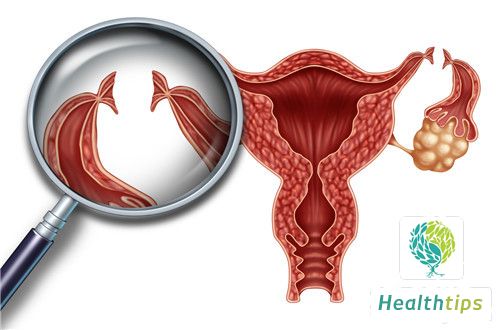Why Does My Child Have a Split in Their Earlobe?
A cleft in a child's earlobe is usually congenital, but it can also be caused by excessive dryness of the skin on the ear, trauma, eczema, and other acquired diseases. Congenital clefts can only be treated surgically, while acquired clefts in the earlobe can be treated with symptomatic medication and oral antihistamines.

Congenital clefts are relatively rare and are also known as auricular dysplasia. They can manifest as clefts under the earlobe, with forked earlobes or clefts in the auricle. Surgical treatment is the only option, and it is generally recommended that surgery be performed between 3 and 6 years of age.
Acquired clefts in the earlobe are commonly caused by changes in eczema. Children may feel very itchy and scratch frequently, which can exacerbate the degree of cleft formation. In this case, it is necessary to consult a dermatologist to identify the allergen, and topical anti-allergic ointment can be applied. Oral antihistamines can be prescribed if necessary.
When a child's ear develops a cleft, it is important to first identify the cause. A common cause is excessive dryness of the skin on the ear, which can be easily treated with proper moisturization and hydration. In winter, the ear may also be frostbitten due to cold weather, and ointments such as erythromycin or aureomycin can be applied to treat the cleft. It is also important to keep the child warm.
Children may accidentally injure their ears while playing, resulting in clefts. These clefts are considered traumatic and can be treated by applying topical anti-inflammatory ointment to the affected area. Erythromycin can also be used, and if it is not effective, other ointments can be tried. It is important to keep the wound dry and avoid contact with water.
Eczema can also cause clefts in the ears. Treatments such as calamine lotion can be used. If infection occurs, antibiotics can be prescribed to control it. It is also important to supplement the child with vitamin C, preferably through their diet. It is crucial to maintain cleanliness of the affected area and to instill good hygiene habits in the child.



















